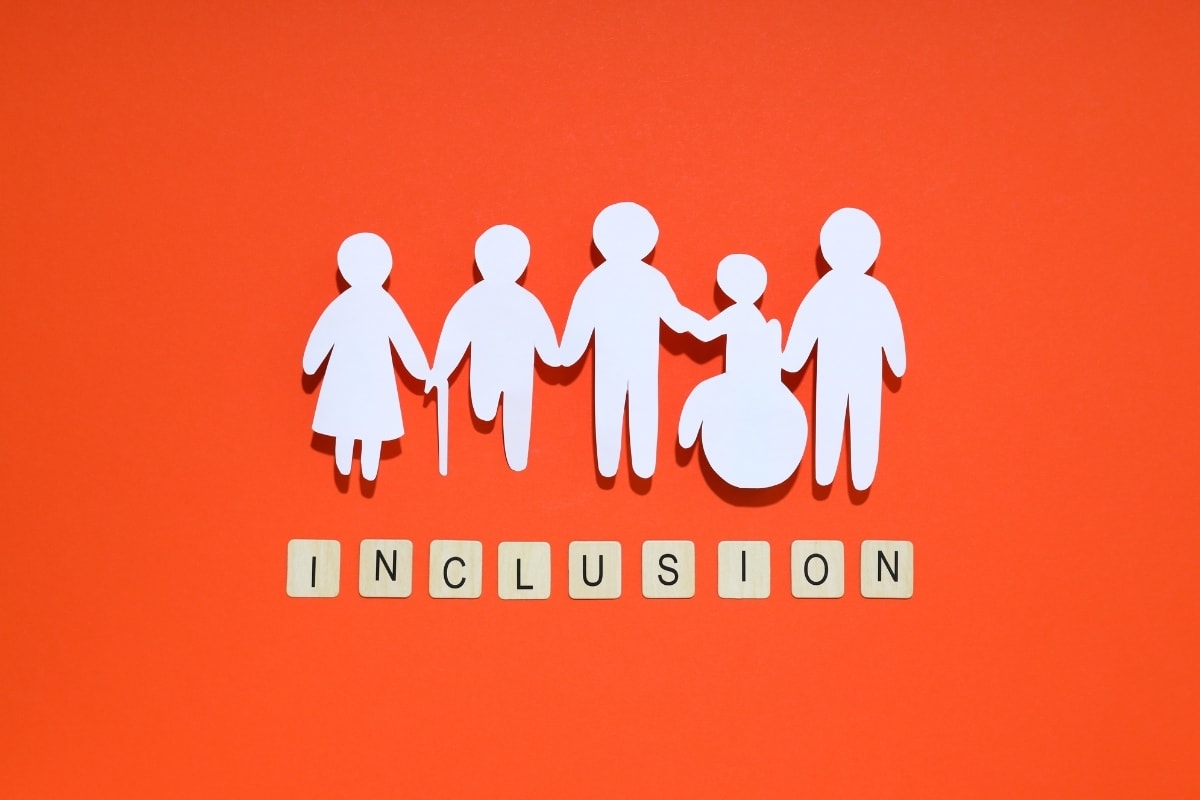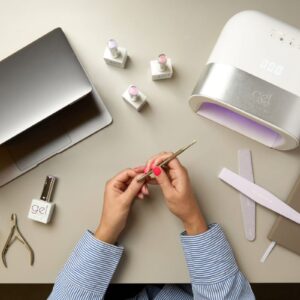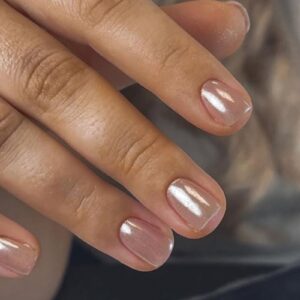
The importance of creating accessible salon spaces for clients & staff
By Abi Hassan | 12 November 2024 | Expert Advice, Feature

Abi Hassan, owner of Canterbury-based salon, Hot Wheels Nails, explores key considerations for nail techs and employers when creating accessible salon settings to suit clients and staff…
As a salon owner or an independent nail technician, it is important to consider ways in which your environment could be more accessible. Transparency about your environment and any difficulties someone might have in your space is so valuable, as it can feel like a guessing game when planning to get out and about with both visible and invisible disabilities.

Abi Hassan
It is so valuable to reflect on how accessible your salon space is and implement measures that increase accessibility to the best of your ability. Some examples of things worth considering include, but are not limited to, physical accessibility barriers such as steps into and out of your space, door widths and whether you have a disabled toilet.
It is also important to consider factors that affect those with invisible disabilities. Similarly to physical disabilities, there is not a one-size-fits-all solution. In my experience, particularly with invisible disabilities, it is best to be guided by the client as to their individual needs.
Client consultations are crucial
I complete a consultation at the point of booking to ensure I am prepared and can adapt my services appropriately before the appointment, which not only speeds up the service, but also makes the client feel comfortable and at ease. It can be difficult to ask for help, adjustments or express your needs, so having the space ready when the client arrives is incredibly helpful and reassures that access needs are not an ‘issue’ or ‘pain’ for you or your salon.
For some people, it may be difficult to express their needs and giving examples of what you could provide is beneficial. During consultations, I try to provide all clients with transparent information about my current accessibility and do not make assumptions, providing the opportunity for the client to express their needs in their own words.
Here is an example consultation:
“Thank you for booking your appointment. My salon entry is via a flat level entrance with a door width of 75cm, and I have an adapted bathroom with grab rails. I work in a one-to-one setting and can offer quiet and silent appointments, or we can chat and play some music. I will be more than happy to talk you through your treatment, and we can take comfort breaks if needed. Do let me know if you have any particular accessibility needs or if there is anything I could do to make your appointment more comfortable.”
Meeting the accessibility needs of staff
Accessibility needs and requirements do not only apply to clients – it is also important to consider the ways your business can support disabled colleagues.
When speaking with employed nail technicians with accessibility requirements, less than 20% had support from their employers to ensure their accessibility needs were met. The remaining nail techs had to solve any difficulties around their access needs alone, without support from their employers or any other outside organisation.
It is clear that more needs to be done to support disabled employees. As a salon owner, it is incredibly beneficial to have open conversations and regular check-ins with your nail techs to ensure their needs are being met and invisible disabilities are not being unintentionally ignored.
Businesses that champion diversity are opening their doors to a wider pool of talented nail technicians, but not only this, they are more likely to attract a broader clientele reflecting the work put in to support their disabled employees.
“Embracing diversity in the nail industry not only elevates the craft, but also contributes to the creation of a more inclusive and equitable society overall.”
All of the nail techs surveyed reported not having had any disability training, but a desire to have some, and 40% of these techs are unsure of how to speak about accessibility needs, with a further 20% reporting only having a rough idea. Therefore, as an employer, educating your staff on disability and accessibility would be of great benefit.
Supporting employees with disabilities within the nail industry is not just a matter of compliance; it is a testament to the industry’s commitment to creativity, innovation and social responsibility. Embracing diversity in all its forms ensures that the industry remains at the forefront of change, setting a powerful example for other sectors.
Creating an inclusive space within the nail industry for both clients and salon staff contributes to changing societal perceptions of disability. By showcasing successful examples of disabled individuals excelling in their craft and making efforts to accommodate where possible, the industry becomes a catalyst for challenging stereotypes and breaking down preconceived notions.
This not only fosters a sense of empowerment among disabled individuals, but prompts a broader societal shift towards recognising and appreciating diverse talents.
Click here to read Abi’s personal experiences as a disabled nail technician.
Follow Abi Hassan on Instagram here.
Originally published 5 February 2024.

Read the latest issue









